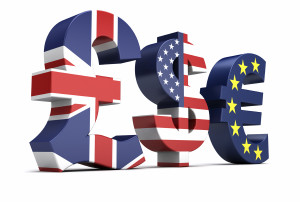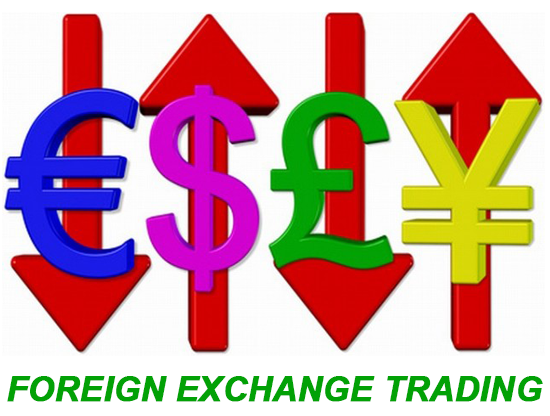The foreign exchange market (FX or Forex for short) is among the most fast-paced and exiting markets in the world. Forex trading within the currency market, until recently, had been reserved for very wealthy individuals, hedge funds, central banks, corporations and large financial institutions. This has all changed with the emergence of the Internet and technology. Average investors now have the opportunity to easily buy and sell currencies through just the click of one mouse via online brokerage accounts.

Usually daily currency fluctuations are very small. A majority of currency pairs move less than a percentage point per day. This represents less than a 1% change in a currency’s value. That makes foreign exchange among the least volatile of all financial markets. Therefore, a majority of currency speculators rely on the high amount of leverage that is available for increasing potential movement value. Leverage can be as high as 250:1 within the retail Forex market. High leverage can be very risky. However, due to deep liquidity and round-the-clock trading, foreign exchange brokers have successfully made high leverage a standard within the industry so that currency traders can have meaningful movements.
Extreme liquidity and high leverage being widely available have helped with spurring the rapid growth of the market and transformed it into an ideal place for numerous traders to invest. Positions can be held for many months, opened and closed in just a couple of minutes, or somewhere in between. Supply and demand considerations form the basis of currency prices. They cannot be easily manipulated due to the fact that the market is so large that not even the biggest players, like central banks, are able to move currency prices at will.
There is lots of opportunity provided by the Forex market for investments. However, a currency trader must have a good understanding of the basics that are behind movements in currency in order to succeed.
Read more
 While foreign currency trading has the potential to make a lot of money, it also has some inherent risks like other asset classes. This section will take you through various benefits of forex trading as well as various risks associated with it. In addition, we are also going to discuss various differences between equity and forex market to help you understand the inner workings of forex market.
While foreign currency trading has the potential to make a lot of money, it also has some inherent risks like other asset classes. This section will take you through various benefits of forex trading as well as various risks associated with it. In addition, we are also going to discuss various differences between equity and forex market to help you understand the inner workings of forex market.